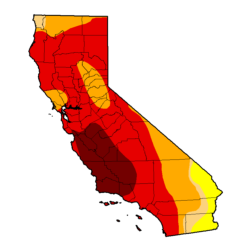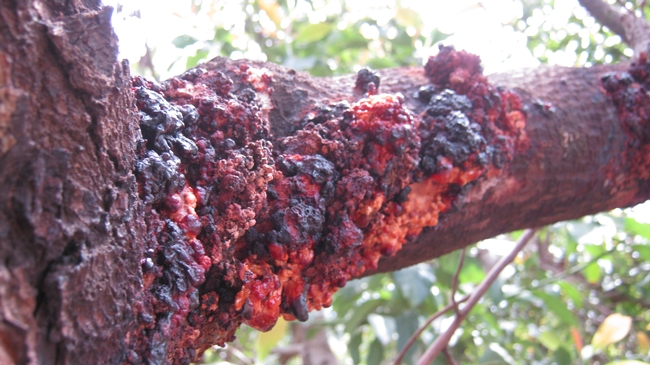- Author: Ben Faber
The California Department of Food and Agriculture (CDFA) has released the 2015-2016 California Agricultural Statistics Review. The Review provides an overview of the state's agricultural statistics and weather highlights, as well as county-specific and crop-specific data. Overall, California continues to lead the nation as the largest agricultural producer and exporter despite the challenges posed by a fourth consecutive year of drought.
Highlights from the report are as follows:
- California's agriculture sales decreased by 16.8 percent between the 2014 and 2015 crop years for a total of $47.1 billion in cash receipts.
- California continues to lead the nation in exports, at $20.7 billion.
- California exported nearly 26 percent of its agricultural volume. Overall, California's agricultural exports have grown more than 120 percent during the past decade.
- Fruit and nut crops accounted for 36 percent of gross cash volume in 2015.
- California is the leading agricultural producer in the U.S., representing nearly 13 percent of the U.S. total.
- In 2015, California was home to 77,500 farms, with an average 329 acres — which is smaller than the national average of 441 acres.
- Nearly 27 percent of California farms generate more than $100,000 in commodity sales; the national average is 20 percent.
- The top five agricultural counties in California were Tulare, Kern, Fresno, Monterey and Stanislaus.
- California is ranked as the number one producer of avocados in the U.S. and produced between 60 and 75 percent of the national production of avocados, which accounted for 93 percent of U.S. receipts.
- California avocados ranked 28th in the state based on total value.
The entire California Agricultural Statistics Review is available online.

- Author: Ben Faber
Amazing. I was out with the contractor who has been doing the California Avocado Commission's annual acreage report. In the past, aerial photography was used and with painstaking accuracy the acreage was visually evaluated by hand. It was so expensive and took so long, that only parts of the California acreage were done each year. The company now uses satellite imagery and computer evaluation to do the whole avocado growing area each year and at much less cost. Now the contractor is going to try to estimate the amount of root rotted acreage that is out there. They will do this by canopy color and texture relative to healthy trees. We were out looking at the range of diseases out there that could be confused with root rot, such as bacterial canker, blight, black streak and crown rot. This will be amazing if they can distinguish amongst the diseases, but even if they can identify unhealthy groves that will be an amazing feat.




